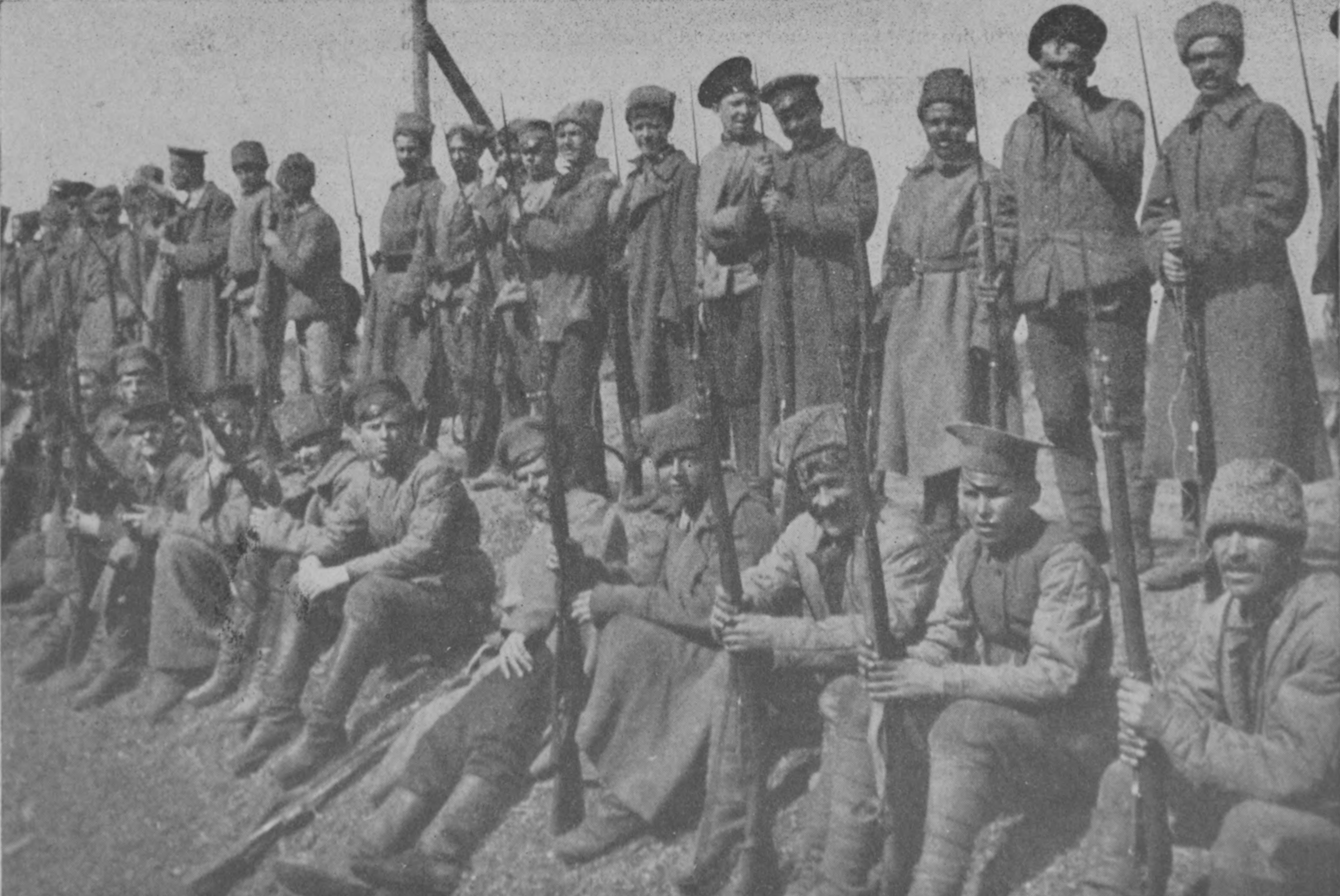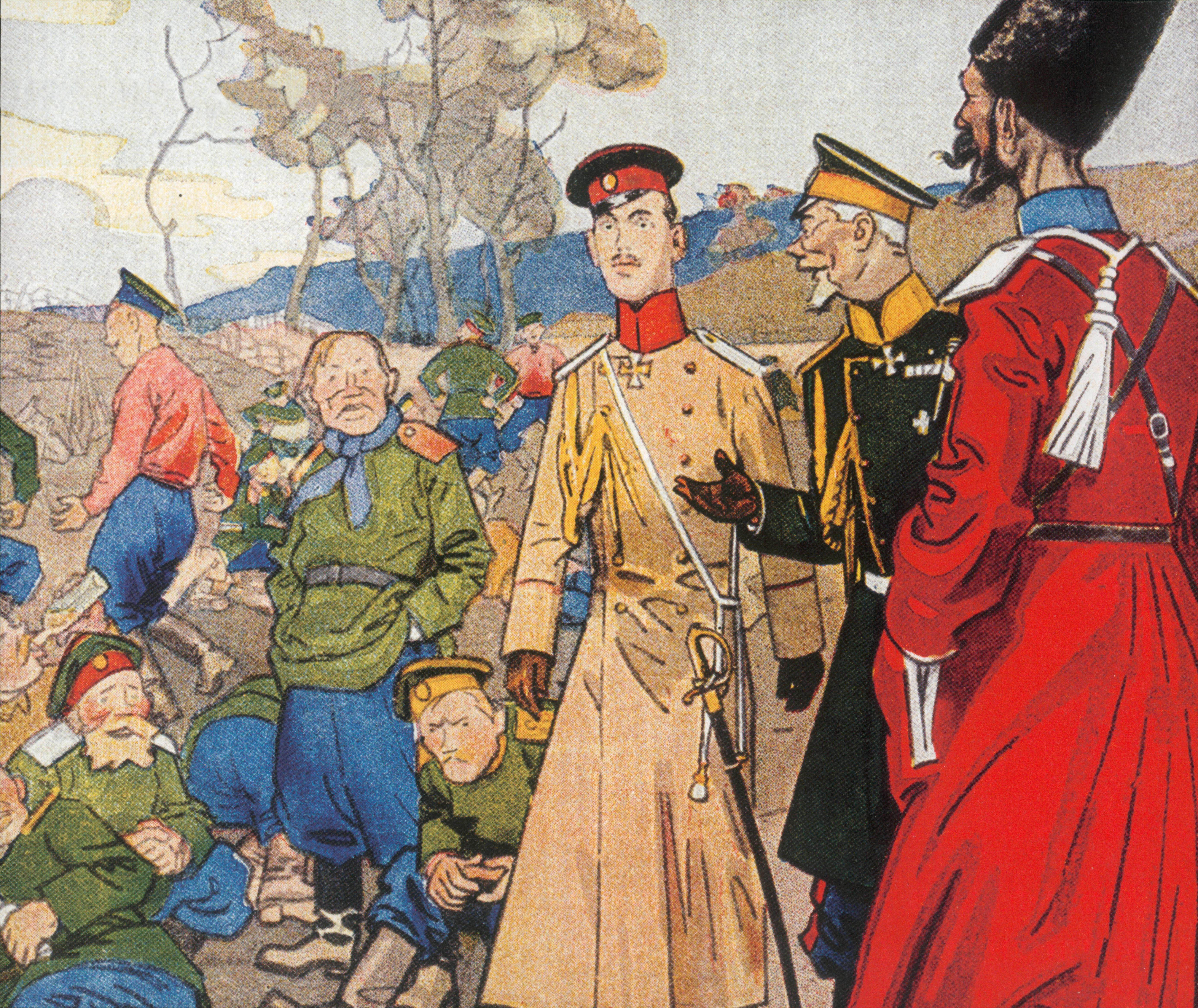|
Central Executive Committee Of The Navy
The Central Executive Committee of the Navy (Centroflot) was the main collegial governing body of the navy, created as part of the democratization of the navy in 1917 in order to coordinate the activities of the committees of the fleets and flotillas. The Centroflot was formed by the First All-Russian Congress of Soviets of Workers' and Soldiers' Deputies in June 1917 on the basis of delegates of the Maritime Section of the Petrograd Soviet.Centroflot – Article from the (3rd Edition) Most members of the Centroflot were moderate socialists – the Mensheviks and Socialist Revolutionaries. By the fall of 1917, in parallel with the process of |
Collegiality
Collegiality is the relationship between colleagues. A colleague is a fellow member of the same profession. Colleagues are those explicitly united in a common purpose and respect each other's abilities to work toward that purpose. A colleague is an associate in a profession or in a civil or ecclesiastical office. In a narrower sense, members of the faculty of a university or college are each other's colleagues. Sociologists of organizations use the word 'collegiality' in a technical sense, to create a contrast with the concept of bureaucracy. Classical authors such as Max Weber consider collegiality as an organizational device used by autocrats to prevent experts and professionals from challenging monocratic and sometimes arbitrary powers. More recently, authors such as Eliot Freidson (USA), Malcolm Waters (Australia), and Emmanuel Lazega (France) have said that collegiality can now be understood as a full-fledged organizational form. In the Roman Republic In the Roman Republi ... [...More Info...] [...Related Items...] OR: [Wikipedia] [Google] [Baidu] |
First All-Russian Congress Of Soviets Of Workers' And Soldiers' Deputies
The First All-Russian Congress of Soviets of Workers' and Soldiers' Deputies was held from 16 June to 7 July 1917 in Petrograd in the building of the First Cadet Corps on Vasilyevsky Island. The First All-Russian Congress of Soviets, at which the majority belonged to the Mensheviks and Socialist-Revolutionaries, rejected the resolutions proposed by the Bolsheviks to end the war and transfer all power to the Soviets and adopted Socialist-Revolutionary and Menshevik resolutions proclaiming the full support of the Socialist Ministers and the continuation of the "revolutionary war" on the basis of the rejection of annexations and indemnities. The Congress elected its permanent body, the All-Russian Central Executive Committee of the Soviets of Workers' and Soldiers' Deputies, whose chairman was elected Menshevik Nikolay Chkheidze, who was also Chairman of the Executive Committee of the Petrograd Soviet until 19 September 1917. Background Shortly after the February Revolution, the Pe ... [...More Info...] [...Related Items...] OR: [Wikipedia] [Google] [Baidu] |
Great Soviet Encyclopedia
The ''Great Soviet Encyclopedia'' (GSE; ) is one of the largest Russian-language encyclopedias, published in the Soviet Union from 1926 to 1990. After 2002, the encyclopedia's data was partially included into the later ''Bolshaya rossiyskaya entsiklopediya'' (or '' Great Russian Encyclopedia'') in an updated and revised form. The GSE claimed to be "the first Marxist–Leninist general-purpose encyclopedia". Origins The idea of the ''Great Soviet Encyclopedia'' emerged in 1923 on the initiative of Otto Schmidt, a member of the Russian Academy of Sciences. In early 1924 Schmidt worked with a group which included Mikhail Pokrovsky, (rector of the Institute of Red Professors), Nikolai Meshcheryakov (Former head of the Glavit, the State Administration of Publishing Affairs), Valery Bryusov (poet), Veniamin Kagan (mathematician) and Konstantin Kuzminsky to draw up a proposal which was agreed to in April 1924. Also involved was Anatoly Lunacharsky, People's Commissar of Education ... [...More Info...] [...Related Items...] OR: [Wikipedia] [Google] [Baidu] |
Bolshevization Of The Soviets
The Bolshevization of the Soviets was the process of winning a majority in the Soviets by the Russian Social Democratic Labor Party (Bolsheviks) in the second half of 1917. The process was particularly active after the Kornilov Rebellion during September – October 1917 and was accompanied by the ousting from these bodies of power previously moderate socialists, primarily the Socialist Revolutionaries and Mensheviks, who dominated them. In the course of these processes, by the beginning of the October Revolution, the Bolsheviks were gaining a majority, primarily in the Soviets of Workers' and Soldiers' Deputies of large industrial cities, gaining up to 90% of the seats in the Petrograd Soviet and up to 60% in Moscow. On September 17, 1917, the Bolshevik Viktor Nogin became Chairman of the Presidium of the Moscow Soviet; on September 25, the Petrograd Soviet was headed by Leon Trotsky. Relying on their firm majority in the Petrograd Soviet, the Bolsheviks were able, despite the oppo ... [...More Info...] [...Related Items...] OR: [Wikipedia] [Google] [Baidu] |
Russian Army (1917)
In 1917, the Russian Army formally ceased to be the Imperial Russian Army when the power in Russia was transferred from the Empire to the Provisional Government. After the February Revolution the systems of command and of supply of the army were disrupted. The army became tired of World War I. The revolutionary wave influenced the Army, and it was swept with the processes of democratization and the single line of command was questioned. The Order No. 1 issued by the Petrograd Soviet instructed soldiers and sailors to obey their officers and the Provisional Government only if their orders did not contradict the decrees of the Petrograd Soviet. The interpretation of the Order, both at the time and by the historians has been a matter of controversy. While many scholars agree that the order severely disrupted the army discipline, John Boyd argued that in fact, the order's intention was to restore the discipline and it clearly stated that it was to be applied only to the troops of ... [...More Info...] [...Related Items...] OR: [Wikipedia] [Google] [Baidu] |
Central Committee Of The Baltic Fleet
The Central Committee of the Baltic Fleet (Tsentrobalt) russian: Центральный комитет Балтийского флота (ЦКБФ, Центробалт) was a committee for coordination of the activities of sailors' committees of the Russian Baltic Fleet. It was established on 11–13 May (28–30 April, Old Style) 1917, after the February Revolution. Its first chairman was Pavel Dybenko. In December the office of the Baltic Fleet Commander-in-Chief and his staff were abolished, and Tsentrobalt assumed the full power over the Fleet. In January 1918, the 5th convocation of Tsentrobalt was under the domination of the Anarchists. Tsentrobalt was abolished on February 13 (January 31 O.S.) 1918 due to the introduction of a new structure: Baltic Fleet Council of Commissars. '' |
Pavel Dybenko
Pavel Efimovich Dybenko (russian: Павел Ефимович Дыбенко), (February 16, 1889 – July 29, 1938) was a Bolshevik revolutionary and a leading Soviet officer and military commander. Prior to military service Pavel Dybenko was born in Lyudkovo village, Novozybkov ''uyezd'', Chernigov '' guberniya'', Imperial Russia (now Novozybkov, Bryansk Oblast, Russia) into a Ukrainian peasant family. In 1907 he started working in the local Treasury department, but was fired as "untrustworthy" due to his political activities. From 1907 onward, Dybenko became active in a Bolshevik group, distributing revolutionary literature throughout the Novozybkov region - progressive publications such as the ''People’s Gazette'' and the ''Proletariat'' which spoke to anti-Tsar sympathies. He moved to Riga and worked as a port labourer. He tried to avoid enlisting, but was arrested and forcibly enlisted. Towards the October 1917 revolt In November 1911, he joined the Baltic Fleet. The f ... [...More Info...] [...Related Items...] OR: [Wikipedia] [Google] [Baidu] |
Nikolai Khovrin
Nikolai Alexandrovich Khovrin (1891 – 1972) was a Russian and Soviet military leader who headed Baltic sailor formations during the October Revolution. Life and career Born on 7 October 1891 in Saint Petersburg, since 1912 Khovrin served in the Baltic Fleet, and he was a member of the Russian Social Democratic Labour Party since 1915. In 1917 he participated in the February Revolution and was a member of the Bolsheviks Gelsingfors Committee, one of founders and a member of the Central Committee of the Baltic Fleet (Tsentrobalt). During the October Revolution, Khovrin was a commissar of the Tsentrobalt, participated in the assault of the Winter Palace, destroying the Kerensky–Krasnov uprising, and was a member of the 2nd All-Russian Congress of Soviets. On 13 November 1917 he led his sailors to crush anti-Bolshevik resistance in Moscow. In 1918 Khovrin was appointed a commander of the Petrograd Naval Base and participated in Soviet invasion of Ukraine as part of the Ukrai ... [...More Info...] [...Related Items...] OR: [Wikipedia] [Google] [Baidu] |
Ivan Vakhrameev
Ivan Ivanovich Vakhrameev (1885 – 1965) was a Russian revolutionary. Member of the World War I, Russian Civil War and World War II. After the October Revolution, he held a number of responsible posts, then switched to teaching. Colonel of the quartermaster service. Biography Ivan Ivanovich Vakhrameev was born in 1885 in Yaroslavl. His father was a petty employee. Received a secondary technical education. From 1908 to 1911 he served in the Baltic Fleet, but in 1914, after the outbreak of World War I, he was again called up for the fleet. He was a machine non-commissioned officer in submarines. In the first months of 1916, Ivan Ivanovich, together with a group of Bolshevik sailors, was arrested, but was soon released due to lack of evidence. In 1917, formally became part of the Russian Social Democratic Labour Party (Bolsheviks). After formally joining the party, he held a number of elected posts in sailor committees, and served as chairman of the judicial committee and submarine ... [...More Info...] [...Related Items...] OR: [Wikipedia] [Google] [Baidu] |
Committee For The Salvation Of The Homeland And Revolution
The Committee for the Salvation of the Homeland and the Revolution was a brief counterrevolutionary organ created in Petrograd on the night of November 7–8, 1917, during the storming of the Winter Palace by the Bolsheviks, after the procession participants returned to the building of the City Duma to help the revolutionary government besieged in their residence in order to fight against the Bolsheviks. The Committee included representatives of the Petrograd City Council, the Pre-Parliament, the Central Executive Committee of the Soviets of the First Convocation, the executive committee of the All–Russian Council of Peasant Deputies, the Central Executive Committee of the Navy, the Central Committees of the Menshevik, Socialist Revolutionary, "People's Socialist", Constitutional Democratic parties, the postal–telegraph and railway unions, factions of the Mensheviks and Socialist Revolutionaries, who left the Second All-Russian Congress of Soviets and others. The right–w ... [...More Info...] [...Related Items...] OR: [Wikipedia] [Google] [Baidu] |
Russian Revolution
The Russian Revolution was a period of Political revolution (Trotskyism), political and social revolution that took place in the former Russian Empire which began during the First World War. This period saw Russia abolish its monarchy and adopt a socialist form of government following two successive revolutions and a bloody civil war. The Russian Revolution can also be seen as the precursor for the other European revolutions that occurred during or in the aftermath of WWI, such as the German Revolution of 1918–1919, German Revolution of 1918. The Russian Revolution was inaugurated with the February Revolution in 1917. This first revolt focused in and around the then-capital Petrograd (now Saint Petersburg). After major military losses during the war, the Russian Army had begun to mutiny. Army leaders and high ranking officials were convinced that if Nicholas II of Russia, Tsar Nicholas II abdicated, the domestic unrest would subside. Nicholas agreed and stepped down, usher ... [...More Info...] [...Related Items...] OR: [Wikipedia] [Google] [Baidu] |


